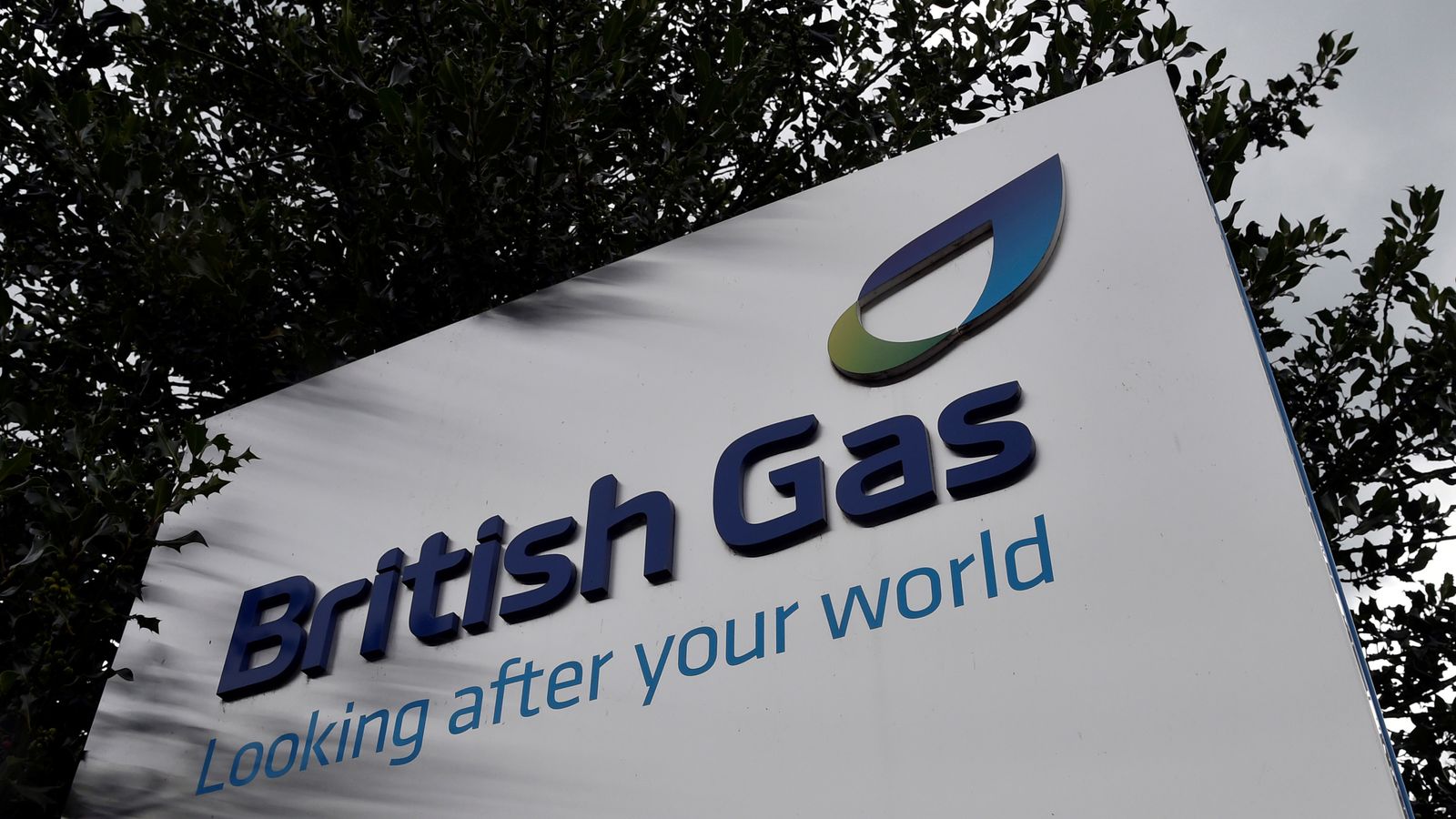The American job market added more jobs than was forecast last month while unemployment rose higher than expected — a mixed result for investors who were hoping for news that would encourage the Federal Reserve to slash interest rates in its drive to fully tame inflation.
Nonfarm payrolls rose by 206,000 jobs in June while the unemployment rate ticked up to 4.1%.
The report had been expected to show that employers added 190,000 jobs in June — a solid gain, though down from a surprisingly robust 272,000 increase in May.
From the Fed’s perspective, a deceleration in hiring to a still-decent pace would be just about ideal.
It would suggest that the job market is slowing enough to ease pressure on employers to sharply raise pay, which could feed inflation, yet not so much as to cause waves of layoffs.
That said, economists been repeatedly predicting that the job market would lose momentum in the face of high interest rates engineered by the Fed, only to see the hiring gains show unexpected strength.
The economy has added a healthy average of 248,000 jobs a month so far in 2024.
Thats close to the 2023 average of 251,000, though down from the sizzling gains of 2022 (an average of 377,000 added jobs each month) and 2021 (a record 604,000) as the economy roared back from COVID-19 recession.
The labor market has really proven the doubters wrong, said Andrew Flowers, chief economist at Appcast, which uses technology to help companies recruit workers.
Still, Flowers suggested, the much higher borrowing costs caused by the Feds rate hikes will eventually weaken the job market.
Eventually, he said, its going to bend, but not break. The slow bite of high interest rates is going to moderate job growth.
Already, there are signs of an economic slowdown. The US gross domestic product the total output of goods and services grew at a lethargic annual pace of 1.4% from January through March, the slowest quarterly pace in nearly two years.
Consumer spending, which accounts for about 70% of all US economic activity and which has powered the expansion the past three years, rose at just a 1.5% pace last quarter after growing more than 3% in each of the previous two quarters.
In addition, the number of advertised job openings has declined steadily since peaking at a record 12.2 million in March 2022.
Still, while employers might not be hiring so aggressively after having struggled to fill jobs the past two years, they arent cutting many, either. Most workers are enjoying an unusual level of job security.
“Businesses are hiring less amid cooler demand conditions,” said Bill Adams, chief economist at Comerica Bank.
“But they are also laying off fewer workers than before the pandemic. The job market is tight, so businesses dont want to cut headcount today only to realize they need more workers tomorrow and then struggle to find them.”
During 2022 and 2023, the Fed raised its benchmark interest rate 11 times to try to conquer the worst streak of inflation in four decades, lifting its key rate to its highest point in 23 years.
The punishingly higher borrowing rates that resulted, for consumers and businesses, were widely expected to trigger a recession. They didnt.
The economy and the job market instead have shown surprising resilience.
Meanwhile, inflation has steadily declined from a 9.1% peak in 2022 to 3.3%.
In remarks this week at a conference in Portugal, Fed Chair Jerome Powell noted that price increases in the United States were slowing again after higher readings earlier this year.
But, he cautioned, further evidence that inflation is moving toward the Feds 2% target level would be needed before the policymakers would cut rates.
With Post Wires








